Keeping Snakes Away
With our long winters, sweltering summers, and wild weather changes, you’d think we wouldn’t have to worry about snakes in Michigan too. It’s definitely too cold up here, right…?
Wrong! Turns out there are 18 species of snakes native to Michigan. They can thrive here just as easily as they can farther south, they just have to get a little creative to keep warm during winter. This means either hibernating in a nest called a “hibernaculum” or sneaking into a cozy house. Don’t worry, most of them are harmless and we’ll teach you how to keep snakes away from your home and yard.
.
Where Did They Come From?
Of the 18 types of Michigan snakes, only one of them – the Eastern Massasauga – is venomous. Lucky for you, these snakes are shy and rarely seen. They’re also listed as a threatened species. If you are bitten by a Michigan rattlesnake, seek medical attention immediately.
Snakes are considerably more common in the lower peninsula than the upper. They prefer the south’s wetlands, swamps, and marshes which are more akin to their ideal habitats. Away from this terrain they adapt by finding safe, quiet, secluded areas to dwell. Often under a porch or in an overgrown yard.
Snakes manage their body heat very carefully. Even though they need sunlight to keep warm and active, too much will dry them out and they’ll die. That means they need an environment with a lot of shade, vegetation, humidity, and places to cool off. Wet places like swamps provide this plus an abundance of prey. If you live near a prime habitat like a marsh or a brackish lake you may end up seeing more snakes in your neighborhood.
Why Are There Snakes in My Home?
It’s all about shelter. You’ll probably start seeing snakes starting in late summer, when they get serious about finding a place to stay over the winter. The environment where snakes build their hibernaculum needs be dark, warm, enclosed, hidden, and underground. Chances are that your home’s crawl space, basement, foundation, or walls check off all these boxes.
Snake infestation may be a sign that you’re hosting other pests, too. As predators, they’ll often chase prey into a home. After they move in, they’ll make themselves comfortable in the tightest, darkest, warmest, and most hidden area they can find. If you suspect you have snakes, they’re probably under floorboards or basement furniture, in tight corners, or in damaged insulation. If you’re going to look for them, be careful! Snakes are afraid of humans and may lash out if cornered.
How Did They Get In?
Finally, a little good news. Snakes have more limited home-infiltration options than most pests. They can’t fly, and they’re not particularly adept climbers. Unlike rodents or other burrowing pests, they can’t chew or dig their way in, either. If snakes got into your home, they got in from the ground. Most likely, they found a small crack in the foundation or the baseboard.
Snakes can twist and contort themselves into small spaces. Even a tiny gap between a low window and its frame can be an access-avenue. Cracking molding, baseboard, or even improperly seated doors may be vulnerable if snakes can slip underneath them. Unfortunately, it’s also possible that the snakes in your home were simply born there. If adults can reproduce in and around your home, they will.
How to Keep Rattlesnakes (and other common Michigan snakes) Away
The best way to keep any kind of snake out of your home is to deprive them of the things they want – food, shelter, warmth, and shade. Start outside your home. To get rid of snakes in your yard, look for sources of cover and food.
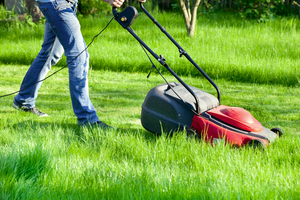
- Mow overgrown grass.
- Trim bushes and other vegetation.
- Remove any leaves and brush.
- Harvest ripe or fallen fruit.
- Keep birdseed in feeders and not on the ground.
If snakes can lounge around in the shade on your lawn undisturbed, they’re more likely to stick around. Spoiled birds and rodents might be easy snake prey. Limit the amount of food you’re leaving out to attract them.
Once you’ve completed your lawn maintenance, walk the perimeter of your home. Look for gaps and cracks in the foundation where a skinny squatter might slither in.
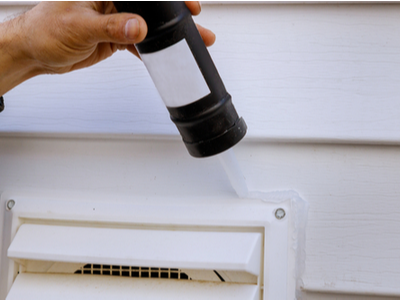
- Seal around utility lines, windows and doors.
- Repair screens.
- Fence beneath decks and porches.
- Clean basements and other cluttered areas.
- Remove house pests like mice.
Outside, make sure your home is secure. Inside, get organized – dust, vacuum and remove clutter. Snakes thrive in cluttered environments with plenty of hiding places. Take those hiding places away. Also take away any potential food sources snakes might find in your home.
Snake Control and Removal for Michigan, Indiana and Ohio
Following these steps will help snake-proof your home long term, but they may not do much to the snakes that are already around. We don’t recommend trying to take any freeloading snakes out on your own.
Griffin has the experienced pest control experts and knowhow to handle any and all of Michigan’s native snakes including rat snakes and garden snakes. If you have a snake problem–or any other pest problem, for that matter–let us know. We’ve got your back (and your ankles).

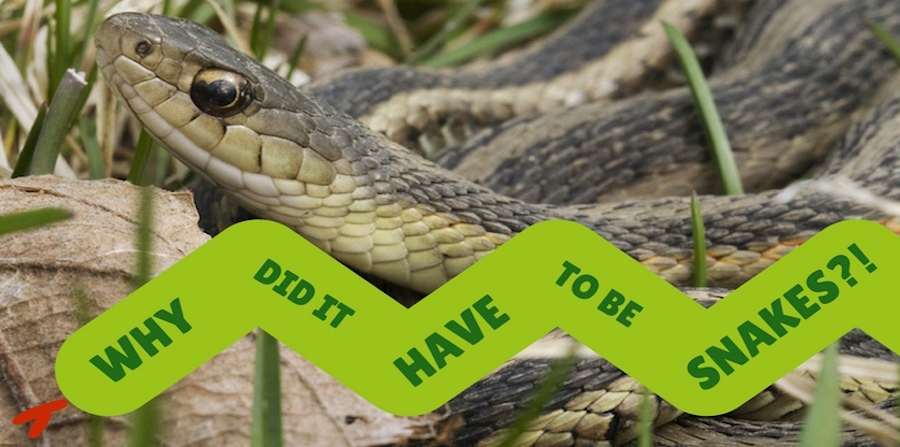
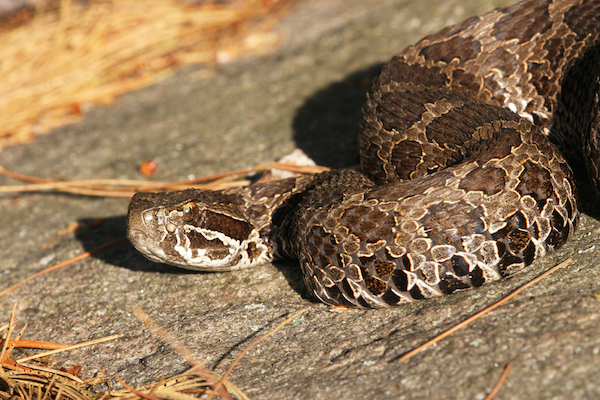
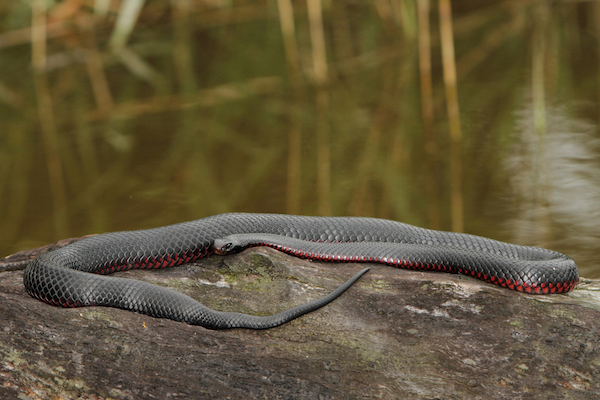

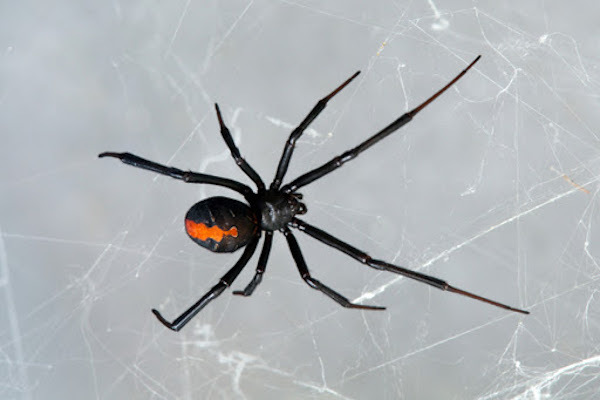
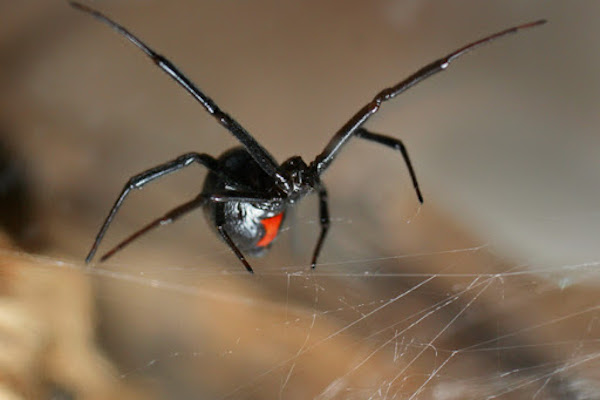
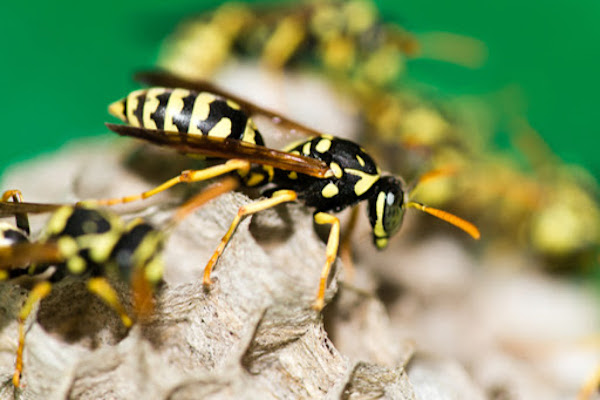
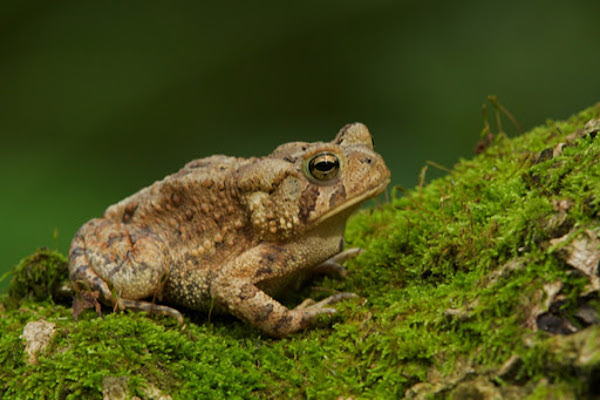
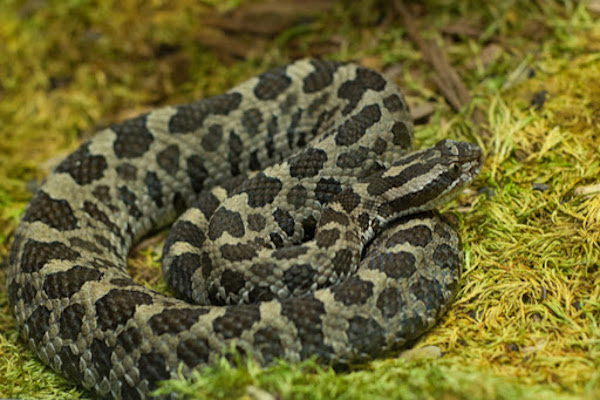
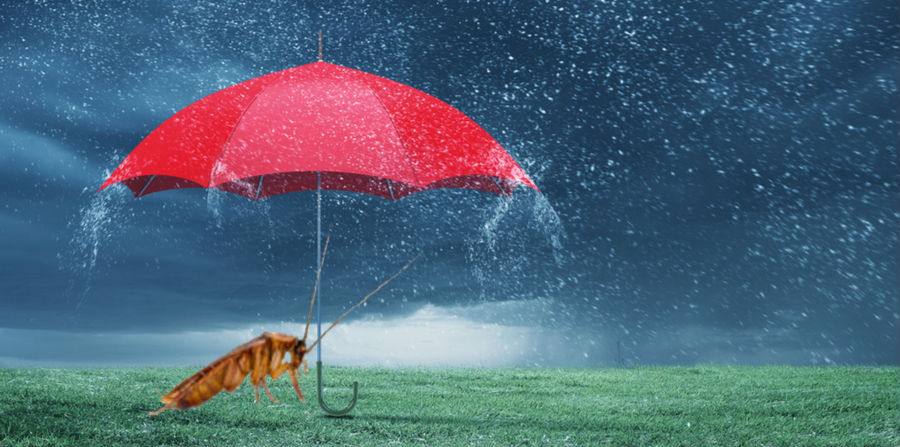
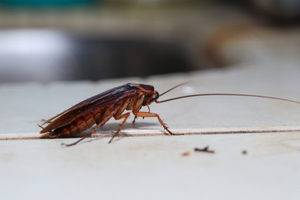 Cockroaches
Cockroaches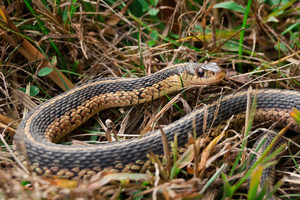
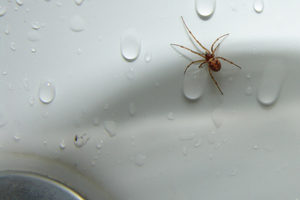 For most pests, heavy rainfall is a nuisance. While it can be a nuisance for
For most pests, heavy rainfall is a nuisance. While it can be a nuisance for 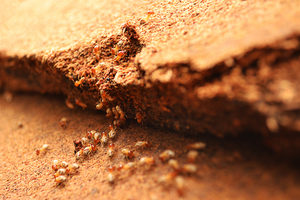 Everyone knows
Everyone knows 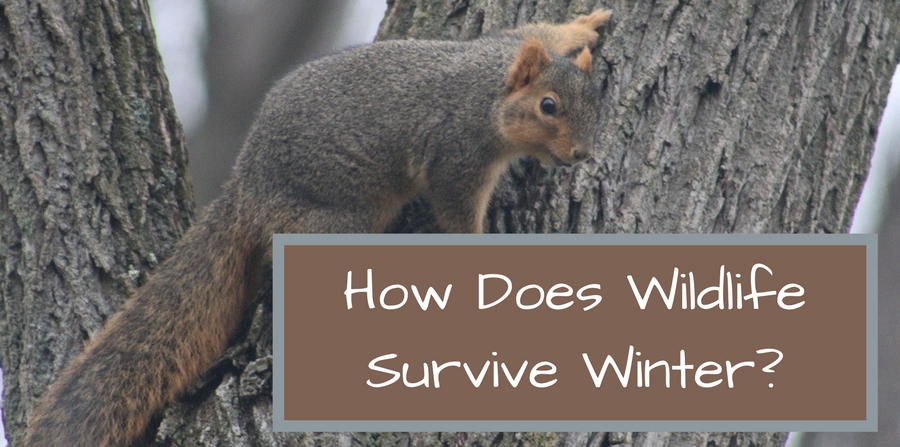
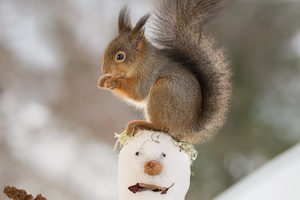 As soon as temperatures drop, squirrels scramble to collect as many nuts, berries, and seeds as they can get their paws on. You’ve probably seen the common eastern grey squirrel race around stashing every crumb of food that isn’t nailed down countless times. They stash their foraged horde in
As soon as temperatures drop, squirrels scramble to collect as many nuts, berries, and seeds as they can get their paws on. You’ve probably seen the common eastern grey squirrel race around stashing every crumb of food that isn’t nailed down countless times. They stash their foraged horde in 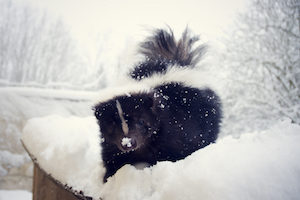 Skunks don’t horde like squirrels do, but boy do they eat. Skunks spend fall hunting and eating insects, worms, lizards, snakes, mammals smaller than them, and more. All this eating builds thick layers of fat to insulate the skunk from the cold. When winter begins, skunks usually find burrows by digging under natural or manmade cover. Many skunk species create large, multifamily burrows and keep each other warm via proximity.
Skunks don’t horde like squirrels do, but boy do they eat. Skunks spend fall hunting and eating insects, worms, lizards, snakes, mammals smaller than them, and more. All this eating builds thick layers of fat to insulate the skunk from the cold. When winter begins, skunks usually find burrows by digging under natural or manmade cover. Many skunk species create large, multifamily burrows and keep each other warm via proximity.  Ok, we know we said these animals solve their winter problems creatively. But, look, creativity isn’t really what moles are all about. These mammals do one thing, and they do it very well: they dig. Moles don’t stop digging, even after the ground freezes in winter. Instead, they just dig deeper. Some mole species may
Ok, we know we said these animals solve their winter problems creatively. But, look, creativity isn’t really what moles are all about. These mammals do one thing, and they do it very well: they dig. Moles don’t stop digging, even after the ground freezes in winter. Instead, they just dig deeper. Some mole species may 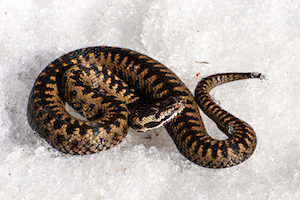 As if winter wasn’t bad enough,
As if winter wasn’t bad enough,